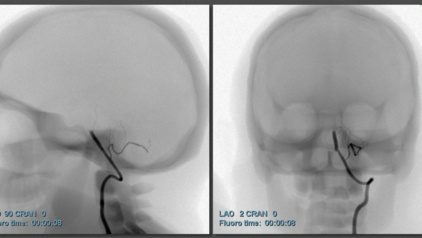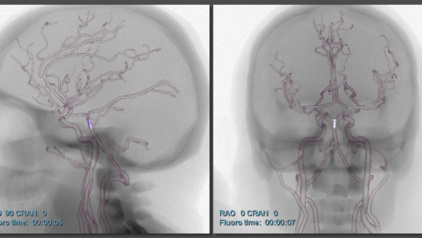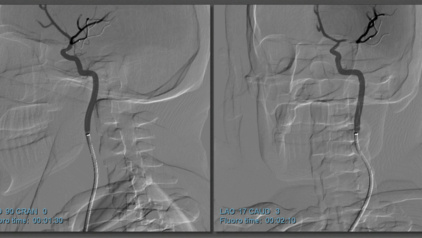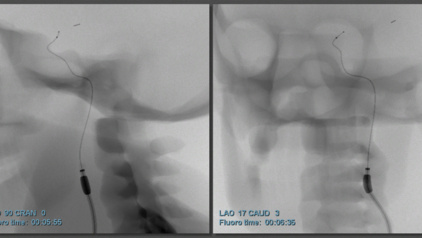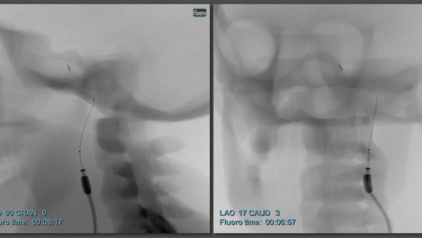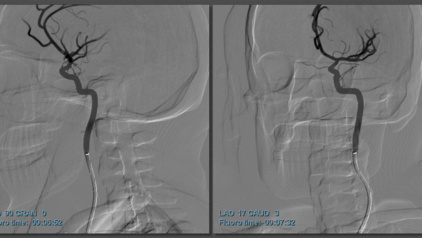Train To Save the Brain
This module prepares physicians to perform mechanical thrombectomy intervention for acute stroke treatment using a stent retriever and aspiration.
The pathophysiological basis for an acute ischemic stroke begins with the occlusion of an intracranial vessel either by an embolus or a local thrombus, reducing blood flow to the downstream brain region. In the first 3-4.5 hours after the occurrence of the stroke, patients receive intravenous drug therapy (thrombolytic agent) such as tPA to dissolve the clot. In patients who have either failed IV tPA therapy or who are either ineligible for or have contraindications to IV tPA use, an endovascular procedure with neuro thrombectomy device is performed to retrieve the clot.
Learning Objectives:
- To establish the knowledge of neurovascular anatomy
- To practice performing diagnostic angiography of the carotid and vertebral arteries to locate the clot
- To practice the steps of mechanical thrombectomy or aspiration
- To practice management of complications: dissections and spasms.
- To practice safe imaging using a bi-plane c-arm system
- To practice administration of intraprocedural medications for anticoagulation and hemodynamic management
Specialties:
Interventional Neuroradiology, Neuro Surgery, Neurointerventional Surgery, Interventional Radiology, Interventional Cardiology, Vascular Surgery
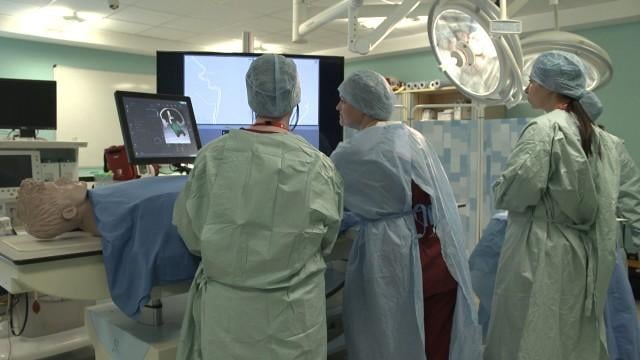
Contact Us
Do you want to know more about the Acute Ischemic Stroke module?
